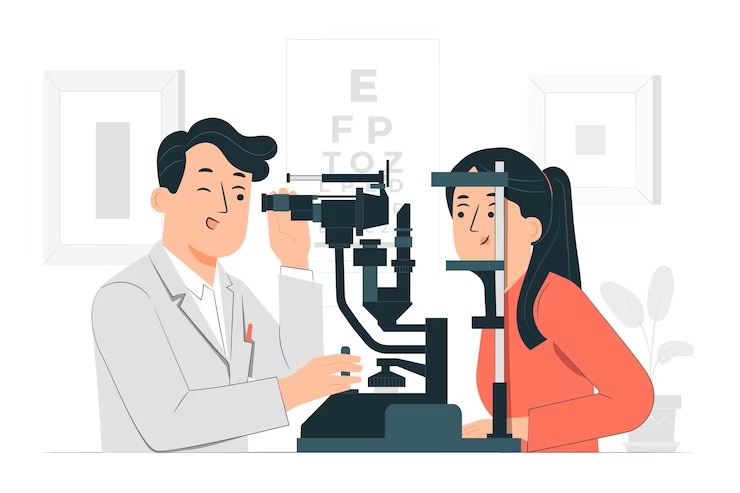Cataracts are a common eye condition that often comes with aging, affecting millions of people worldwide. While initially, they might not cause significant issues, as they progress, they can lead to vision impairment and interfere with daily activities. Fortunately, cataract surgery is a highly effective and routine procedure that can restore clear vision. In this blog, we'll delve into the various aspects of cataract surgery, including its types, symptoms, causes, and risk factors.
Types of Cataract Surgery:
-
Phacoemulsification:
- Phacoemulsification is the most common type of cataract surgery. It involves the use of ultrasound technology to break up the cloudy lens, which is then suctioned out through a tiny incision.
- This method is known for its quick recovery time and minimal discomfort.
-
Extracapsular Cataract Surgery:
- This older technique requires a larger incision for the removal of the cloudy lens. The lens is removed in one piece instead of being broken up.
- While less common today, it may be recommended in certain cases where phacoemulsification is not suitable.
-
Intracapsular Cataract Surgery:
- This procedure involves the removal of the entire lens, including the surrounding capsule. It's rarely performed nowadays due to the development of more advanced techniques.
Symptoms of Cataracts:
-
Blurry or Cloudy Vision:
- A common early symptom is a gradual blurring or clouding of vision. This can make daily activities, such as reading or driving, increasingly challenging.
-
Increased Sensitivity to Light:
- People with cataracts often become more sensitive to light, experiencing glare or halos around bright lights.
-
Faded Colors:
- Cataracts can cause a yellowing or browning of the lens, leading to a diminished ability to perceive colors.
-
Frequent Changes in Prescription Glasses:
- As the cataract progresses, the eye's prescription may change frequently, necessitating new eyeglasses more often.
Causes of Cataracts:
-
Aging:
- The primary cause of cataracts is aging. Over time, the proteins in the eye's lens can break down and clump together, forming cloudy areas.
-
Genetics:
- A family history of cataracts may increase the likelihood of developing them.
-
Medical Conditions:
- Conditions such as diabetes and certain medications, like corticosteroids, can contribute to cataract development.
-
Trauma:
- Eye injuries can lead to the formation of cataracts.
Risk Factors:
-
Age:
- The risk of developing cataracts increases with age, with the majority of cases occurring in individuals over 60.
-
Smoking:
- Smoking has been linked to an increased risk of cataracts.
-
UV Radiation:
- Prolonged exposure to ultraviolet (UV) radiation from the sun may contribute to cataract formation.
-
Obesity:
- Being overweight or obese may increase the risk of developing cataracts.
Conclusion:
Cataracts may be a common part of aging, but with advancements in medical technology, cataract surgery has become a safe and effective solution. Recognizing the symptoms, understanding the causes, and being aware of the risk factors are crucial steps in maintaining good eye health. If you or someone you know is experiencing vision changes, consulting with an eye care professional is the first step toward clear and vibrant vision.


No comments yet